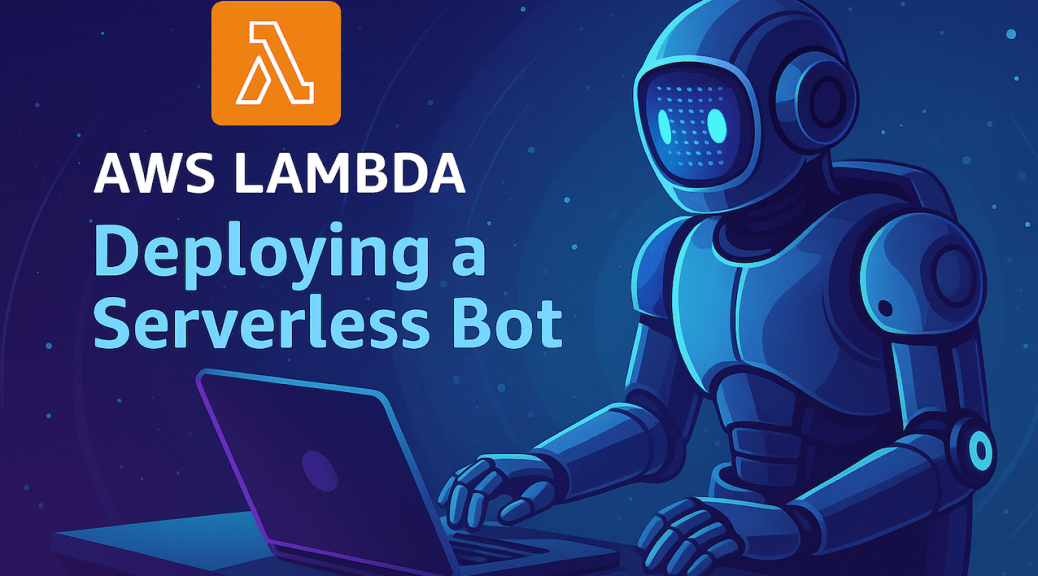When AI Speaks for You: The Hidden Risk of Voice Contracts
Artificial intelligence is learning to talk — and to persuade. But in a world of instant answers and friendly tones, saying “yes” might mean signing more than you think. The Too-Fast Revolution of Voice After transforming how we write, search, and work, AI is now conquering how we speak.Voice assistants and conversational agents are becoming more natural, more convincing, and — crucially — faster. Soon, you’ll be able to sign up for a service, authorize a payment, or accept terms…









